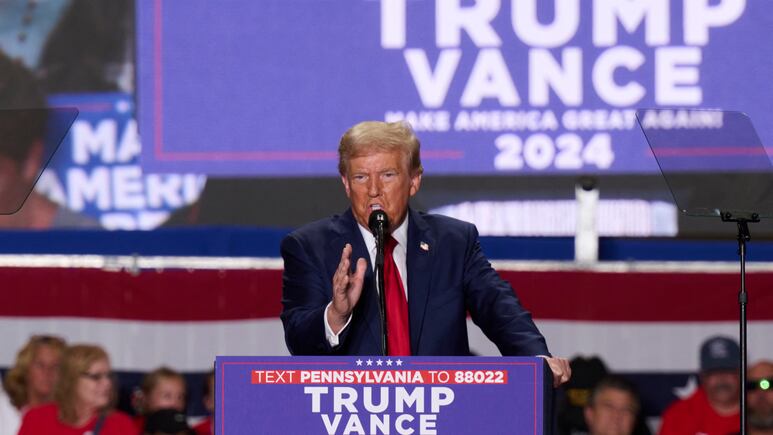All kinds of tricks activated for victory
In the last 20 years, states have erected barriers to the polls, imposing strict laws

The failure of a political maneuver aimed at changing how Nebraska allocates its five Electoral College votes shows both the importance of the process and the intensity of the battles for the majority. But like any electoral process, it’s not immune to political games and distortions that range from almost comical to serious.
Publicidad
According to the Brennan Center, “In the last 20 years, states have erected barriers to the polls, imposing strict voter ID laws, shortening voting hours, restricting registration, and purging voter rolls.”
Obstructing voting, rejecting results and efforts to prevent their certification, threats to poll workers, lawsuits against voters or the rules, and allegations of rigging voting machines are all part of the “electoral conflict” arsenal. This doesn’t even mention intimidation measures ranging from rumors and anonymous threats to the presence of armed men near polling stations.
The Brennan Center pointed out that these measures were reignited when the Supreme Court weakened the Voting Rights Act in 2013, driving many voters, especially minorities, the poor, young and old, away from the polls.
Publicidad
The change sought by allies of Republican candidate Donald Trump would have added just one vote to his possible total, but it highlights concerns over the fierce competitiveness of the current campaign, which is expected to be one of the closest in history.
Publicidad
Experts believe no more than 92 of the 538 votes in the Electoral College are at stake. To win, one of the candidates needs 270, a majority, and a tie is possible.
Some believe the president should be elected directly; others think Congress should decide. Early in the republic, a compromise was reached: each state would vote and appoint electors to the Electoral College, which in turn determines the winner.
Previously, the electors would meet in Washington on December 17. Now, they vote from their state legislatures on that date and communicate the results to the President of the Senate and the National Archivist. The truth is, this attempt—by Republicans in this case—to influence the Electoral College is not new. One of the most efficient and oldest ways, so far, is to redraw electoral districts to suit their needs.
“The district lines are strategically drawn around groups of people who reliably vote for a party. The party drawing the lines gets more elected representatives than if the districts were drawn fairly,” noted the group RepresentUs, which works against political corruption.
In the United States, the practice has been known since the early 19th century, precisely 1812, when Massachusetts Governor Elbridge Gerry “reorganized” districts in the west and north into a single electoral unit to help his Democratic-Republican party (unrelated to today’s parties) win. The district was compared to a salamander and soon became a term combining the founder’s name, Gerry, with salamander. The result: Gerrymandering, which is still practiced today.
Over the years, these gerrymandered districts, redrawn every 10 years, have evolved from squares to rectangles, to gym weights, snakes, or literally shadows along a coast.
Publicidad
Publicidad
Más Leídas | Heraldo USA
Precio del dólar HOY en México: sábado 5 de julio 2025
Por Heraldo USA
Últimas noticias sobre Julio Iglesias hoy sábado 5
Por Heraldo USA
La polémica historia de amor de Chantal Andere y Roberto Gómez, hijo de ‘Chespirito’
Por Heraldo USA
La película clásica de NAVIDAD que está disponible en Netflix y que no puedes dejar de ver en familia
Por Heraldo USA
Publicidad
Más noticias de Elecciones eeuu 2024
Más noticias de Estados unidos











